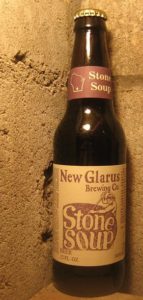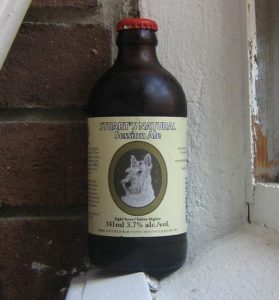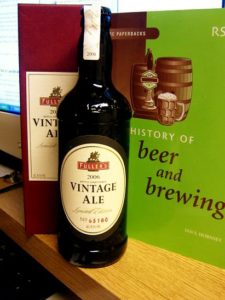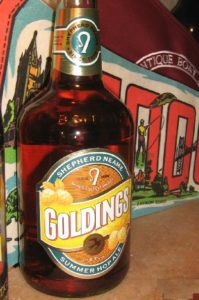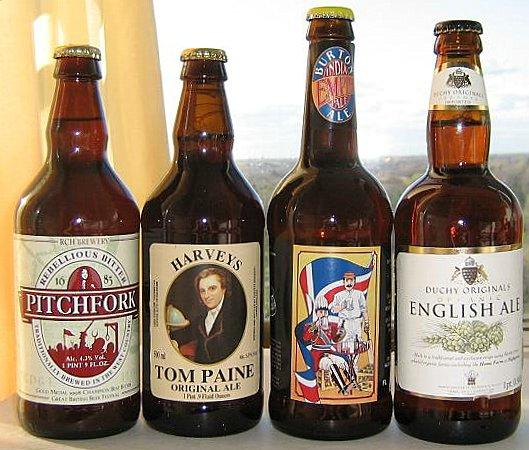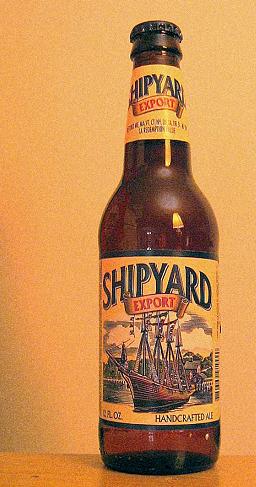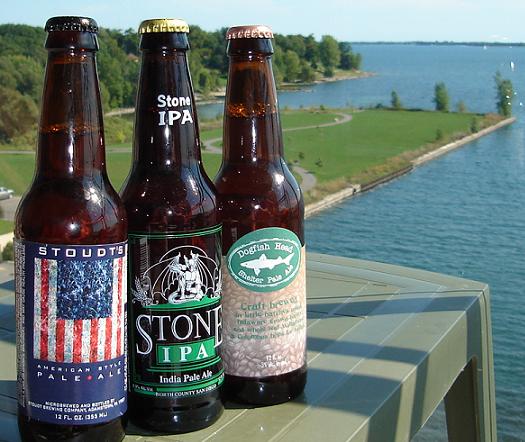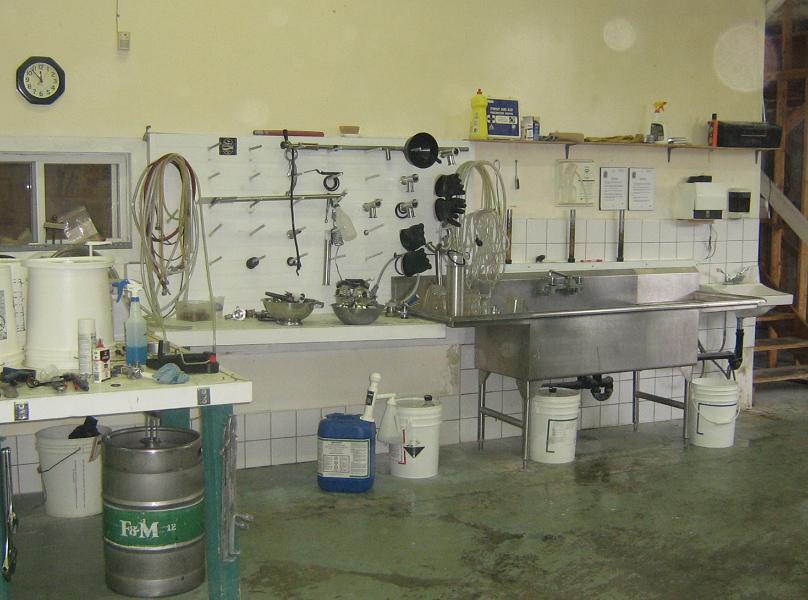 Neat and Tidy
Neat and Tidy
Not all my travels for beer around Lake Ontario were on the US side. No, I headed straight for what must be the densest centre of brewing in Canada: Guelph, Ontario. Between the 401 and highway 7 on the west side of town you have national brewer
Sleeman as well as venerable province-wide supplier
Wellington as well as the more local micro
F+M Brewery.
I dropped into F+M just before lunch and was met by the brewer who was right in the middle of mashing in. Rather than saying I would pop back at a more convenient time, I barged into the back…or, rather, followed him back to check out what was going on. What was going on was a heck of a lot of activity. In addition to the mashing man – is that Charles MacLean? – one guy was loading kegs onto the delivery van while another was cleaning out one in a row of bright tanks. It was the busiest little operation I had ever seen. When he got a moment, I was told they have been around for about a decade, are in the middle of a great season with 70 or so draft accounts and have their bottles in many stores from Toronto west to London.

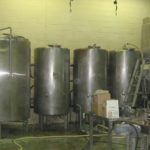
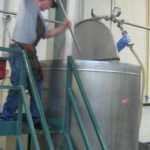
Soon a few more guys showed up and I had a quick chat with Brian Reilly, the brewery’s General Manager as I picked out a mix to review:
Stone Hammer Premium Light: I like that breweries are being honest about the need to supply the summer beer market as well as the demands of those who are not wanting to move too far from the comfort of their macros. Light beer can have a perfectly respectable place in a brewer’s range and this one is a fine example. Clearly grainy and a bit honey sweet, it also has some bright apple notes as well as a subtle touch of twiggy hop. Very light champagne in hue with white clinging foam. 4.2%, this one is not rated on Beer Advocate.
Stone Hammer Premium Pilsner: one notch towards gold deeper in hue with a fine rich head maintained by the very active carbonation. Sweetish with a slight stocky aspect, a short of lightly-smoked husky quality, with a tiny bit of an orange peel note in the aroma along with grass. The finish is stone, grass and honey. 5% and all but one of 14 BAers approve.
Stone Hammer Dark Ale. Translucent chestnut with a cream froth and foam head. A very nice take on a dark ale with, again, plenty of grain, maybe a note of black malt as well as smoked raisiny malt. Fresh bread yeasty. A fairly dry example with some twig bitterness from start to stop. Just two BAers take note but both approve. Another 5% brew. A beer to have bacon on a bun with. Cooked over a fire. In the woods.
MacLean’s Pale Ale: Deep amber ale under a fine white head. I have tomorrow night’s BBQ ribs wallowing in this one overnight. Good move. Strong grain with some smoked rye-esque thing happening over pear juiciness. The label has a piper and, except for the level of hop bitterness, this might be a Scots 80/ ale. In the malt there is a little apple and date with some autumn herb but plenty of husky bread crustiness. Dry stoney finish at, again, the government approved 5%. This one would go well with grilled coarse sausage with onions. All eleven BAers like it.
So all in all, very Canadian with our love of that tilt towards grainy stockiness. When fresh, like these beers, it can be a great thing and really the thing that sets Canadian beer apart – a roughness that verges on rye. Smart brewers given the Canadian taste for rye whisky. This brewer provides a great lesson in what that profile can be. Plenty of chew to the malt but a good reminder that beer is made of barley.
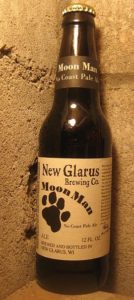 It’s Memorial Day weekend in the USA and I am celebrating. Mainly because I’ve been sick since the middle of last weekend’s Victoria Day long weekend up here. Being in a border town it’s not a great stretch even if I can’t get over to witness one of the glories of the western world, a small town US parade. Eat a hot dog this weekend, woudja?
It’s Memorial Day weekend in the USA and I am celebrating. Mainly because I’ve been sick since the middle of last weekend’s Victoria Day long weekend up here. Being in a border town it’s not a great stretch even if I can’t get over to witness one of the glories of the western world, a small town US parade. Eat a hot dog this weekend, woudja?
